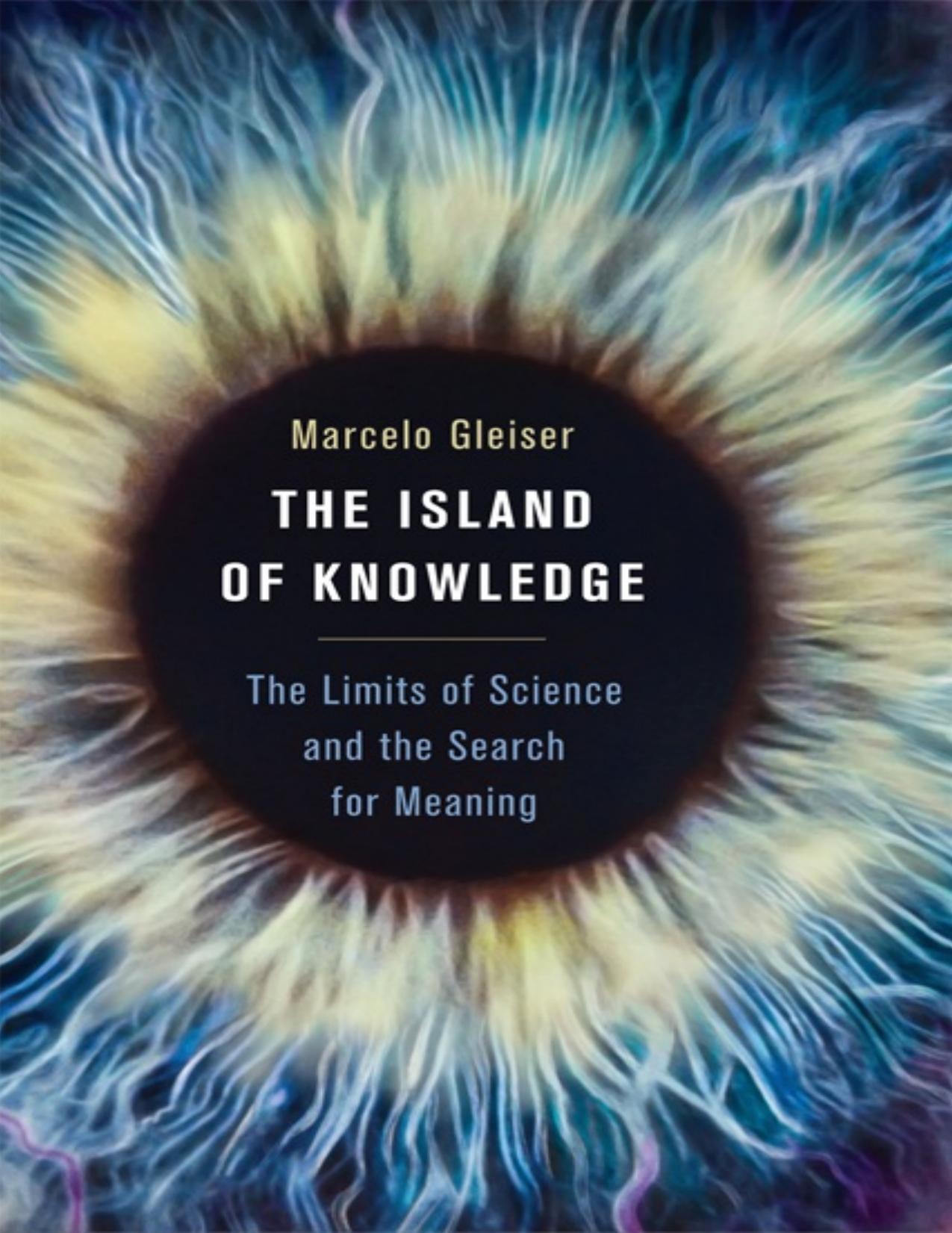The Island of Knowledge: The Limits of Science and the Search for Meaning by Marcelo Gleiser

Author:Marcelo Gleiser [Gleiser, Marcelo]
Language: eng
Format: epub, pdf
Tags: Politics & Social Sciences, Philosophy, Epistemology, Reference & Test Preparation, Science & Math, History & Philosophy, Reference
ISBN: 9780465080731
Google: aeJzAgAAQBAJ
Amazon: B00IHGVQ98
Goodreads: 23043983
Publisher: Basic Books
Published: 2014-06-03T00:00:00+00:00
CHAPTER 21
LEARNING TO LET GO
(Wherein we begin our exploration of quantum physics and how it imposes limits on what we can know of the world)
Within a decade, Einstein’s theories of special relativity and of light quanta had turned physics upside down. From a placid wave traveling in the luminiferous aether, light had become profoundly mysterious: not just the fastest of all phenomena but with a speed that, unlike anything else, was independent of the motion of its source; a wave that, unlike any other wave, could travel in nothingness; an entity that was both particle and wave, thus defying commonsense intuition that things could only be one or the other. Light’s speed wasn’t only the fastest known; it was also the limiting speed, the maximum allowed in Nature. No signal could travel faster than light; no information could arrive before light did. Looking out to the near and far corners of the Universe, physicists and astronomers learned that light was information, as they carefully collected the many kinds of electromagnetic radiation that distant objects emit to build a picture of the world. And in this book we have explored how this limiting speed leads to the existence of a cosmic horizon beyond which we cannot receive any information.
More mysteriously, light can only travel at its speed because it has no mass. Those little grains of light, that later were called photons, are massless bundles of pure energy. Physics was thus proposing that something could exist without mass, that things could exist without being material. Since what exists defines physical reality, the new physics suggested that reality could be immaterial. Energy is more fundamental than mass, more essential. A deeper understanding of Nature demanded a new worldview. Physicists had to let go of the old ways.
In his fourth paper of 1905, only a few pages long, Einstein derived the famous E = mc 2 formula. He wrote: “If a body gives off the energy L in the form of radiation, its mass diminishes by L/c 2.”1 Einstein went on to conclude that “the mass of a body is a measure of its energy-content.” We could thus refer solely to the energy of things, in things. Energy unifies mass and radiation, making one potentially become the other. At the end of his paper Einstein speculated: “It is not impossible that with bodies where the energy-content varies to a high degree (e.g. with radium salts) the theory may be put successfully to the test.”2 How right he was! Indeed, the radium salts Einstein referred to are radioactive nuclei that emit either small particles or pure radiation as they decay. The radiation kind of decay, comprised of gamma-ray photons, has energy corresponding precisely to the mass loss of the nucleus (times the square of the speed of light), just as Einstein had predicted.
The next twenty-five years were nothing short of explosive. The quantum revolution was indeed a revolution, not only in the way we see the world but in the way we live in the world.
Download
The Island of Knowledge: The Limits of Science and the Search for Meaning by Marcelo Gleiser.pdf
This site does not store any files on its server. We only index and link to content provided by other sites. Please contact the content providers to delete copyright contents if any and email us, we'll remove relevant links or contents immediately.
| Anthropology | Archaeology |
| Philosophy | Politics & Government |
| Social Sciences | Sociology |
| Women's Studies |
The remains of the day by Kazuo Ishiguro(8821)
Tools of Titans by Timothy Ferriss(8218)
Giovanni's Room by James Baldwin(7191)
The Black Swan by Nassim Nicholas Taleb(7010)
Inner Engineering: A Yogi's Guide to Joy by Sadhguru(6725)
The Way of Zen by Alan W. Watts(6505)
Asking the Right Questions: A Guide to Critical Thinking by M. Neil Browne & Stuart M. Keeley(5633)
The Power of Now: A Guide to Spiritual Enlightenment by Eckhart Tolle(5605)
The Six Wives Of Henry VIII (WOMEN IN HISTORY) by Fraser Antonia(5394)
Astrophysics for People in a Hurry by Neil DeGrasse Tyson(5132)
Housekeeping by Marilynne Robinson(4346)
12 Rules for Life by Jordan B. Peterson(4250)
Double Down (Diary of a Wimpy Kid Book 11) by Jeff Kinney(4207)
The Ethical Slut by Janet W. Hardy(4173)
Skin in the Game by Nassim Nicholas Taleb(4162)
Ikigai by Héctor García & Francesc Miralles(4125)
The Art of Happiness by The Dalai Lama(4063)
Skin in the Game: Hidden Asymmetries in Daily Life by Nassim Nicholas Taleb(3929)
Walking by Henry David Thoreau(3893)
